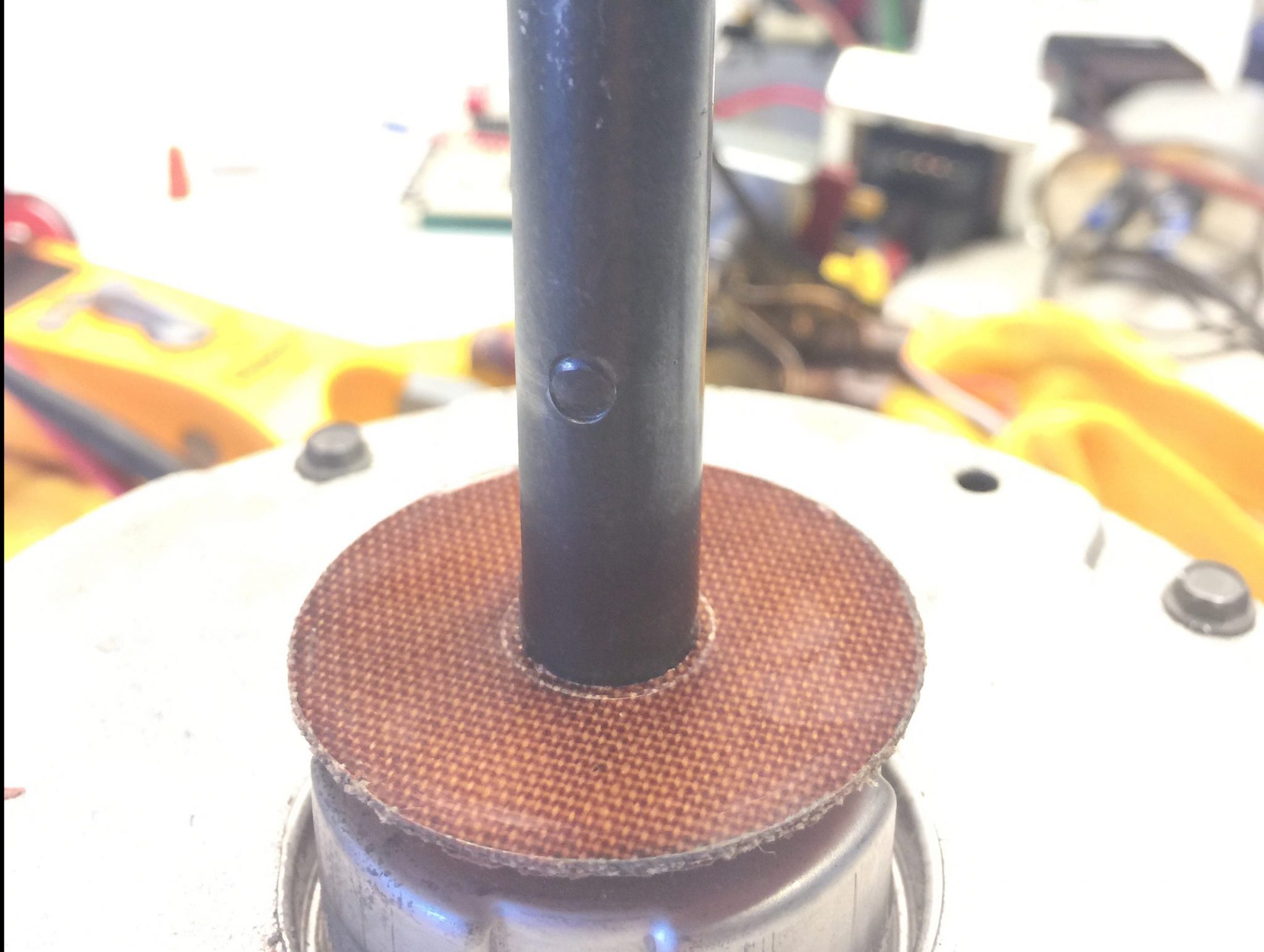Get Tech Tips
Subscribe to free tech tips.
Testing Electric Heat – A Cautionary Tale
Travel back in time with me to 2001. I was a young tech, proving my salt out there in the big world of commercial RTU maintenance. One of the steps in the Fall PM list was “test aux heat,” and by golly, that's what I was going to do!
I was on the roof of a bank, and I began testing the heat strips one unit at a time. Sure, I smelled a little something, but that's normal, right?
I turned around to see the bank manager frantically scrambling up my ladder onto the roof.
Now, I have seen many bank managers in my day, and this sort of athletic feat was not usual. “THERE IS SMOKE EVERYWHERE! AND THE ALARM IS GOING OFF!” he gasped.
So, the fire trucks arrived, and my father also chose to visit that same branch at that exact moment. He looked around and asked, “What's going on here?”
Oh, nothing much, Dad. I wouldn't go in the bank, though. It's a little stinky in there.
So, I learned my lesson. Sometimes just “burning off” the heat isn't the best bet. If the heat hasn't run much, it would be wiser to remove the strips and blow them off with nitrogen or compressed air before you turn them on.
Unless you like watching bank managers do gymnastics.
—Bryan











Comments
That’s funny
That’s funny
In 24 years I’ve never run across that issue before. It sounds over exaggerated
In 24 years I’ve never run across that issue before. It sounds over exaggerated
I can understand that. I am in Florida in some commercial spaces the heat doesn’t run FOR YEARS. I will swear on a stack of RACT manuals that it’s all true. 😉
I can understand that. I am in Florida in some commercial spaces the heat doesn’t run FOR YEARS. I will swear on a stack of RACT manuals that it’s all true. 😉
I put in a drop in a gas floor furnace and tried to burn off the residue from the factory…….twenty minutes later, it was still smoking up the house. Very understandable situation.
I put in a drop in a gas floor furnace and tried to burn off the residue from the factory…….twenty minutes later, it was still smoking up the house. Very understandable situation.
Cleared out a shopping mall ( 25 years ago I was a 2 nd year) Fire marshal wasn’t impressed.
Cleared out a shopping mall ( 25 years ago I was a 2 nd year) Fire marshal wasn’t impressed.
ill keep this in mind next time i have a slow day and need a show
ill keep this in mind next time i have a slow day and need a show
To leave a comment, you need to log in.
Log In